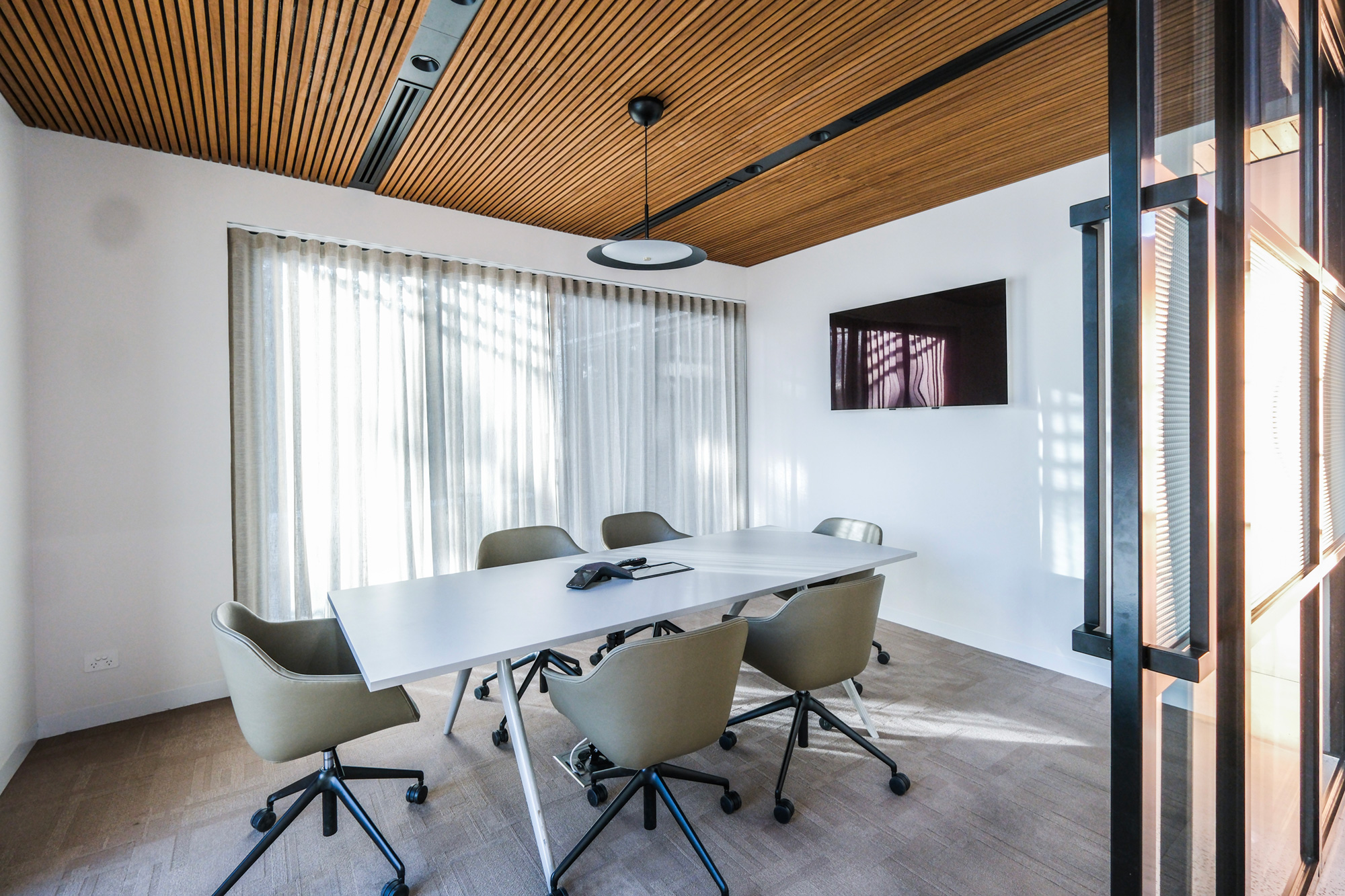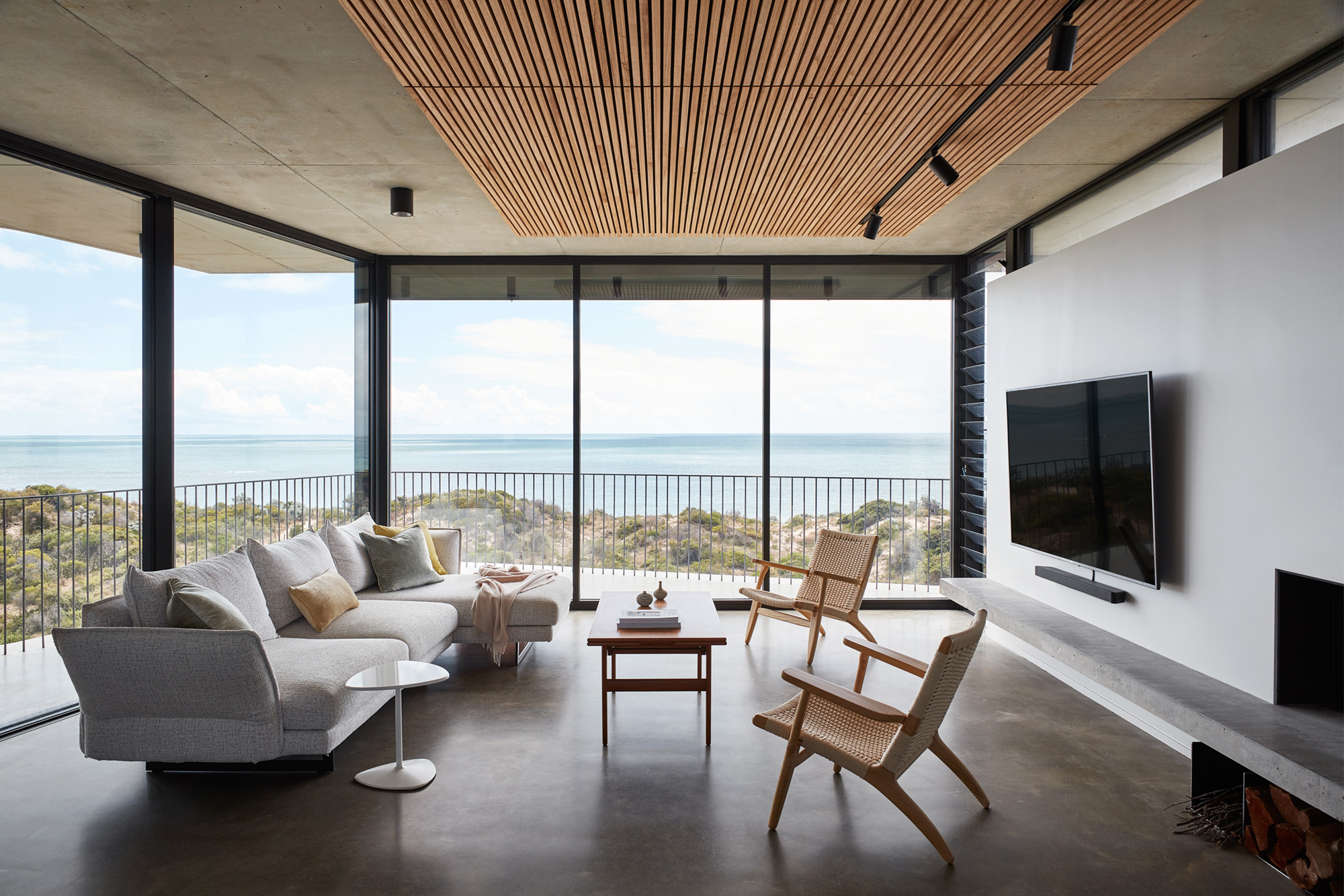
Where to Use Timber Acoustic Panels
Glosswood Acoustic Panels are designed to do more than reduce unwanted noise — they also create a striking design feature that enhances any space. From workplaces and hospitality venues to public spaces and residential interiors, their versatility makes them a practical and beautiful solution for a range of environments.
How Glosswood Acoustic Panels Work
Our Acoustic Panels are crafted from sustainably sourced Paulownia timber, chosen for its natural sound-absorbing properties. We pair the timber with an acoustic fabric backing that fills the space between the battens, enhancing noise absorption. In laboratory testing, Glosswood Acoustic Panels achieved the highest Noise Reduction Coefficient (NRC) rating of 1.0 when paired with50mm acoustic matting. (Contact our team for the full test results.)
Residential Spaces
Open-plan living is bright and airy, but it can also create noise challenges. Hard surfaces like glass and concrete amplify sound, making spaces echo-prone. Installing Acoustic Panels on walls, ceilings, or room dividers helps control reverberation and create a calmer, more comfortable home environment.
Retail & Hospitality
In retail and hospitality settings, sound control is essential for customer comfort. Acoustic Panels reduce echo while offering a unique design statement.
Public Spaces
High-traffic areas such as lobbies, hallways, and public meeting rooms benefit greatly from sound-absorbing materials. Acoustic Panels help manage noise levels while still allowing access to concealed services like air conditioning, lighting, and wiring.
Workplace Environments
Studies show that well-managed acoustics improve staff productivity, focus, and overall well-being. Popular applications include meeting rooms, open-plan offices, and reception areas — spaces where reducing background noise can make all the difference.
Whether you’re designing a quiet corner in a busy café, a high-functioning workplace, or a peaceful living space, Glosswood Acoustic Panels combine performance, sustainability, and design versatility.
If you have questions or need to achieve a specific NRC rating, we recommend consulting an Acoustic Engineer — and our team is always happy to help you find the right solution for your project.
Credits
Feature Image: Canopy Fitouts
1. Design: Tim Wright Architect
2. Photographer: Gathering Light. Stylist: Meghan Plowman
3. Design: TRCB Architects
4. Design & Install: Plateau Projects for Realhub Aus




